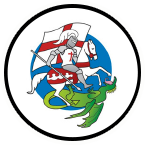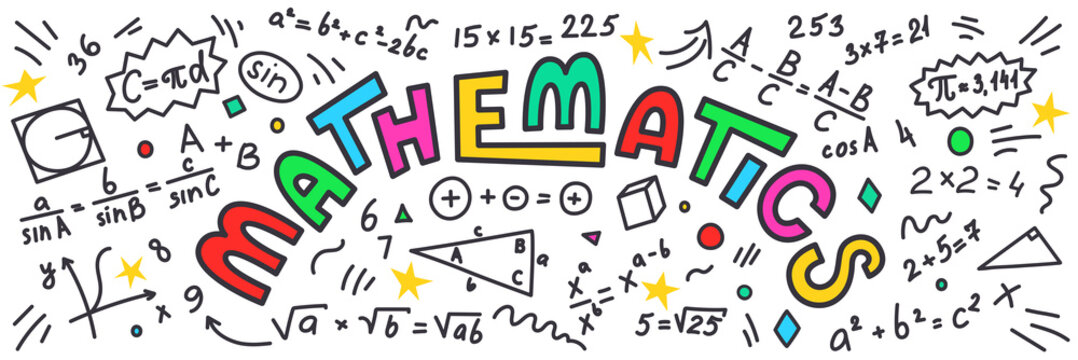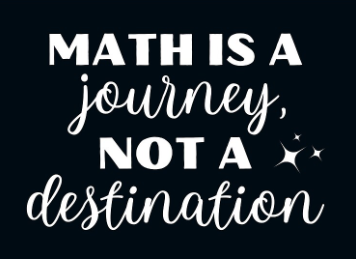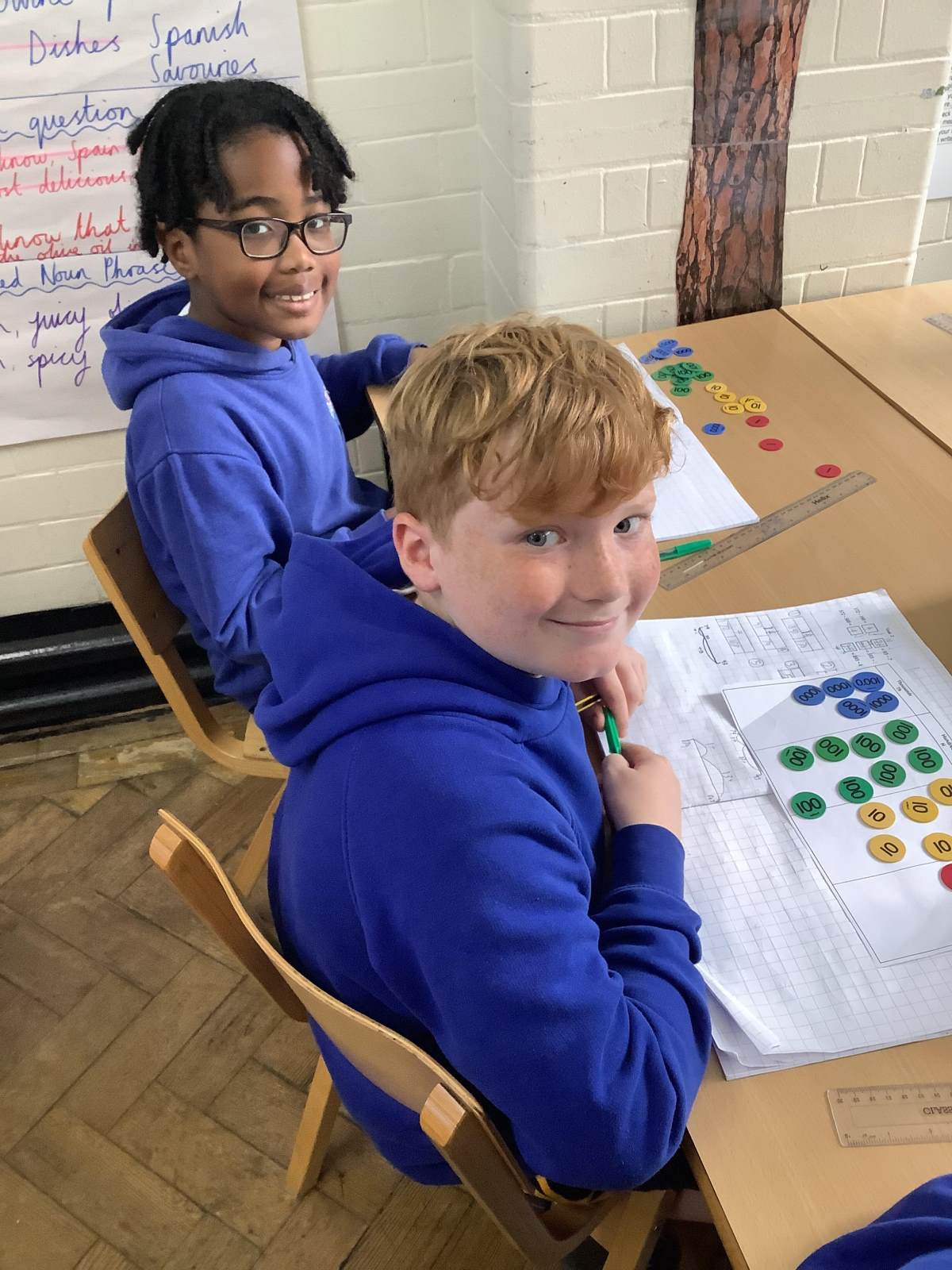Maths (ID 1023)
Mastering Number in Key Stage 1
Mastering Number in Key Stage 2
Being a mathematician at St George's is an entitlement and means:
Mastering concepts using a concrete, pictorial, abstract (CPA) journey then using these structures and representations to simplify mathematics.
Having an understanding of mathematics, our children should understand the key mathematical concepts and vocabulary. They should be able to explain their learning and make connections between the different elements of mathematics. They should see their learning as building blocks of understanding.
Being fluent in the fundamentals of mathematics through varied practice, they can work quickly and efficiently to recall facts and procedures to think strategically and solve problems. Children will be taught fluency strategies through mastering number and times tables sessions.
Reasoning mathematically by following a line of enquiry, conjecturing, working systematically, and making generalised statements.
Problem solving by annotating problems, identifying what we already know, recognising connections with other areas of maths and combining facts and methods to seek solutions.
Being mathematical thinkers who can communicate, justify, argue and prove, using mathematical language.
Developing patience and perseverance, children should become skilled at problem solving through opportunities to break down problems into a series of simpler steps and the ability to persevere when seeking solutions. Must learn that being good at maths does not mean they have to be quick!
Vocabulary should be taught. Children will use a frayer model to explore the mathematical concept. Vocabulary flash cards should be made in collaboration with the children.
We will teach our children to describe mathematics as:
EYFS and KS1 - understanding numbers and patterns and how they help us make sense of the world around us.
Years 3 and 4 - mastering our understanding of number and patterns through calculation and concepts.
Years 5 and 6 - applying our understanding of number and patterns through calculation and mathematical ideas.
Curriculum Overviews
Below are the curriculum overviews for each year group. The overviews have been designed by staff at St George's and are reviewed annually.
Number sense and fluency: This section will ensure that our children understand the structures and patterns to help them learn and master their key number facts. This might include number bonds, multiplication tables, division facts etc.
Mastering key mathematical concepts: This is the central focus of the school's planning. Children will be taught age related concepts on key concepts including place value, calculation, statistics, angles, perimeter, properties of shapes etc.
Additional information, including our Maths Curriculum Statement, can be found below.
-
KS1 Calculation Policy
download_for_offline
download_for_offlineKS1 Calculation Policy
- LKS2 Calculation Policy download_for_offline
download_for_offlineLKS2 Calculation Policy
- Maths at St Georges 2023 download_for_offline
download_for_offlineMaths at St Georges 2023
- Maths Whizz Parent Carers Info download_for_offline
download_for_offlineMaths Whizz Parent Carers Info
- Teaching for Mastery - A Guide for Parents download_for_offline
download_for_offlineTeaching for Mastery - A Guide for Parents
- UKS2 Calculation Policy download_for_offline
download_for_offlineUKS2 Calculation Policy
- Y1 Maths Overview download_for_offline
download_for_offlineY1 Maths Overview
- Y2 Maths Overview download_for_offline
download_for_offlineY2 Maths Overview
- Y3 Maths Overview download_for_offline
↑download_for_offlineY3 Maths Overview
- Y4 Maths Overview download_for_offline
download_for_offlineY4 Maths Overview
- Y5 Maths Overview download_for_offline
download_for_offlineY5 Maths Overview
- Y6 Maths Overview download_for_offline
download_for_offlineY6 Maths Overview
Maths Whizz
maths whizz parent carers info.pdf
/i/video/Math_Whizz_Edited_-_Trim.mp4
Parent Online Meeting
- LKS2 Calculation Policy download_for_offline






